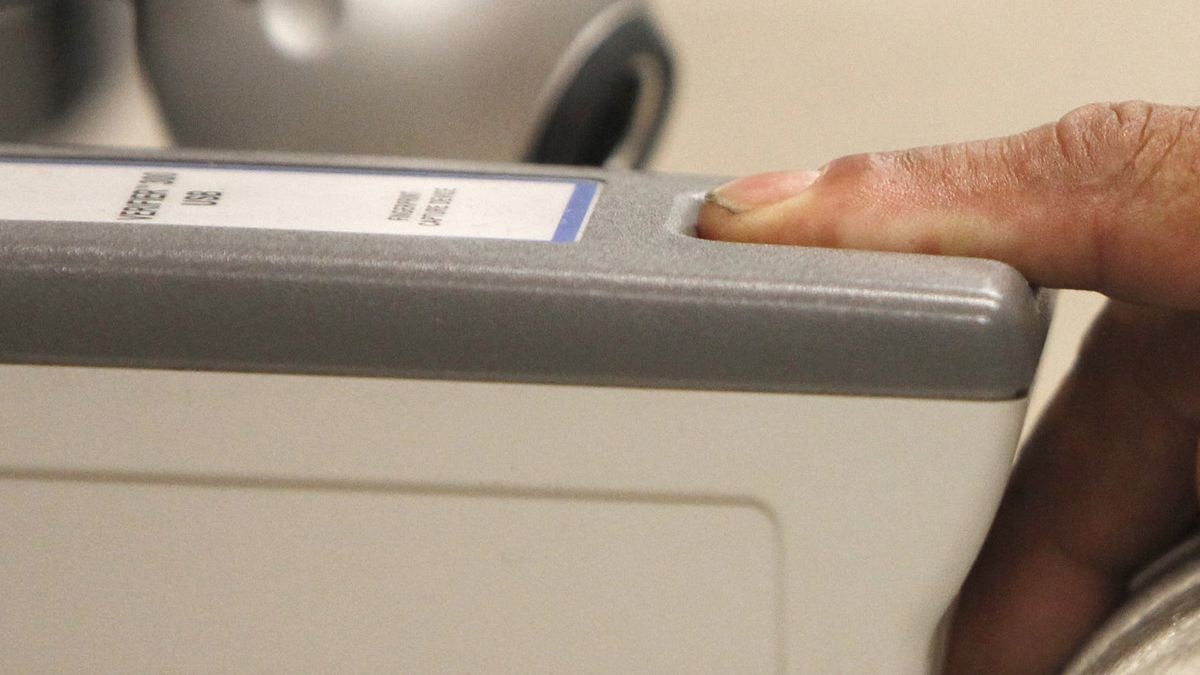Panel pointing fingers over lapses in identifying Pa. suspects

(Ross D. Franklin/AP Photo)
In Pennsylvania, most arrests should be followed up by getting the suspect’s fingerprints on file.
But the commonwealth’s compliance rate is far from perfect — leaving gaps in the criminal records on which many other people rely.
According to a state commission, 13 percent of resolved court cases last year involved offenders whose fingerprints were never recorded.
Pennsylvania’s statewide compliance rate is a result of a mess of factors: police departments strapped for cash and time along with officers who misunderstand fingerprinting rules.
Fingerprints are a crucial identifying feature, the keystone of a person’s criminal record.
Prosecutors and judges all rely on such records, but other arenas depend on those records as well, according to Linda Rosenberg, executive director of the Pennsylvania Commission on Crime and Delinquency.
“Public, private, and nonprofit organizations use this information for employment checks, security clearances and often to determine if teachers and volunteers are fit to work with children,” Rosenberg said.
Lawmakers are still mulling ways to close the compliance gap. Some suggest the solution may lie with the courts, which could refuse to let a case advance without complete fingerprinting.
WHYY is your source for fact-based, in-depth journalism and information. As a nonprofit organization, we rely on financial support from readers like you. Please give today.

